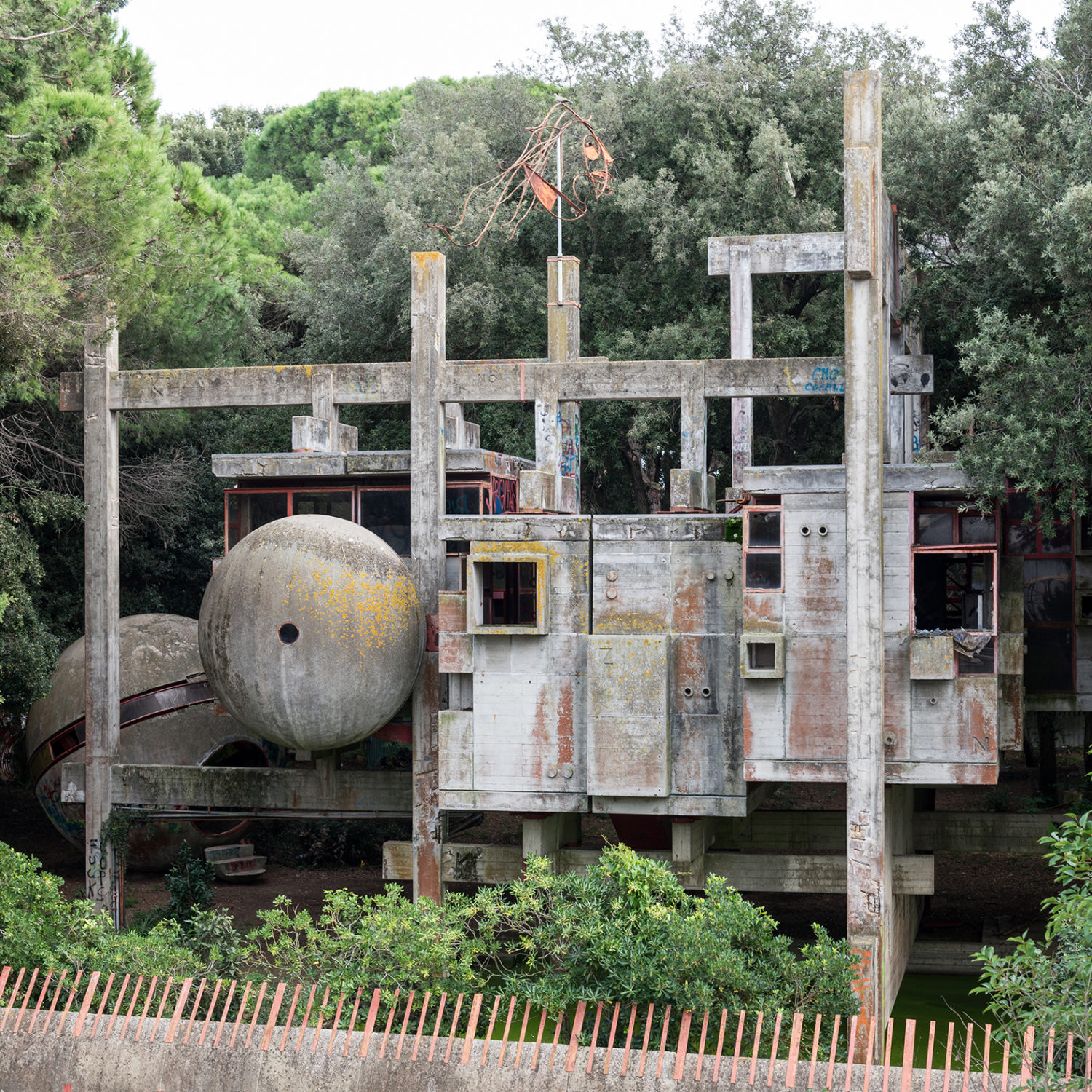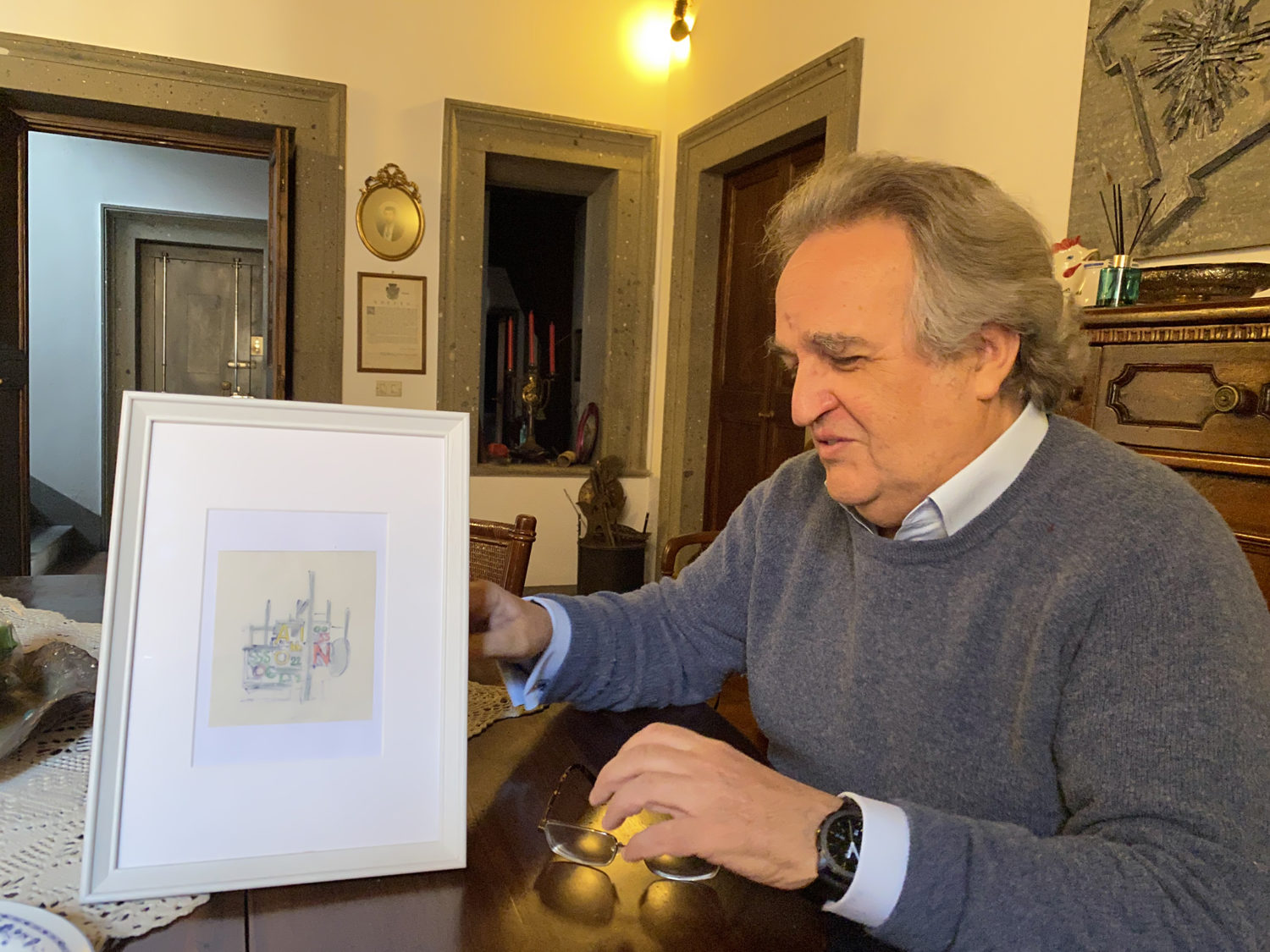

The Casa Sperimentale – A Chronicle of Experimentation
Architects experiment – it is in their nature. Some push what is possible, what is accepted and what is rational to their limit. Some experiments result in success, others fail. The Casa Sperimentale is one of these amazing built experiments. Surprisingly largely unknown to the architectural community it has been never published. It is seen as an example of experimental brutalist architecture that deserves to be listed alongside projects including the Barbican, the National Theatre in London and the Banco di Londra in Buenos Aires. But it isn’t born out of a Brutalist mindset – actually it is exactly the opposite: It is a refined structure, created as the result of a democratic process, designed along with ideas of an organic architecture. Yes, it is made of concrete but please do not call it Brutalist, you are not doing it any justice.
Today it slowly deteriorates, being broken into, vandalised, covered in graffiti, used as a track for urban parkour, it’s a well known Instagram spot, an illegal party location, there are myths about it, and sadly might soon be beyond repair and lost forever.
Our research is uncovering and documenting the story of designing, building and living in this extraordinary structure. For the last five years, we are working on documenting and taking part in an effort to rescue this amazing piece of architecture.
The Italian architect Giuseppe Perugini, together with his wife Uga de Plaissant and their son Raynaldo embarked on a journey to build a summer house in Fregene, a coastal suburb of Rome. In 1968 they started the construction of their Casa Sperimentale – the Experimental House – now also known as Casa Albero – the Treehouse. The house was conceived as an experimental living environment in which the boundaries between the composition of space and the construction methods were pushed to the very limits.
Working with a local builder they worked over the years to translate ideas developed by working with early computing in architecture and their interest in the baroque architect Borromini, their interest in an organic architecture, research into pre-fabrication, pottery (for the making of the concrete shells) into one building. Working only from sketches with no actual construction drawings the building was developed as a step by step organic process.
At the Casa Sperimentale, the Peruginis experimented with a series of concrete cube elements and precast spheres hung off a concrete superstructure. The living spaces were separated, de-composed and re-composed into a three-dimensional grid. All the concrete elements are defined and separated through narrow panels of glass in the walls, floors and ceilings offering glimpses of the supporting structure and the surrounding site. Floors and walls are seemingly floating. Taking reference from Borromini’s San Carlo – one of the research interests of the architect, the walls are formed as a series of niches and cupboards set into the concrete. No plans were made of this arrangement. A series of concrete elements were cast on-site and then assembled like a kit of parts making decisions as they went along. All the walls are individual concrete elements that are exchangeable.
The main living areas are accessed via a steel staircase and are organised over two main levels meandering upwards to the roof terrace. All the surrounding walls are penetrated by a series of openings, cast concrete storage cupboards and suspended concrete spheres containing the bathrooms.
The site is surrounded by a curved concrete fence. In front of the building is a spherical orb the Palla – an observatory looking back to the house. This has been cast in the sand deposits of the site and extracted from the earth.
After the death of the parents the house became abandoned in the late-1990s, with the guest buildings on site been inaccessible since 1985.
Today there is a growing curiosity in the house and its history but so far very little research has been undertaken to document the building and to uncover it’s (hi)story. We are very fortunate to be working with the family of Giuseppe Perugini to document the building and uncover parts of its history.

Raynaldo Perugini showing us some of the sketches from the archive, April 2020.
We discovered the Casa Sperimentale in the same way we find stuff nowadays – on the web. Coming across an image of the structure we haven’t seen before made us curious. After more than five years of visiting, cutting away the trees, researching in archives, listening to stories and making connections we feel ready to share our findings on this new website.
Our jounrey with the Casa has only begun.
Sabine Storp + Patrick Weber, London July 2020